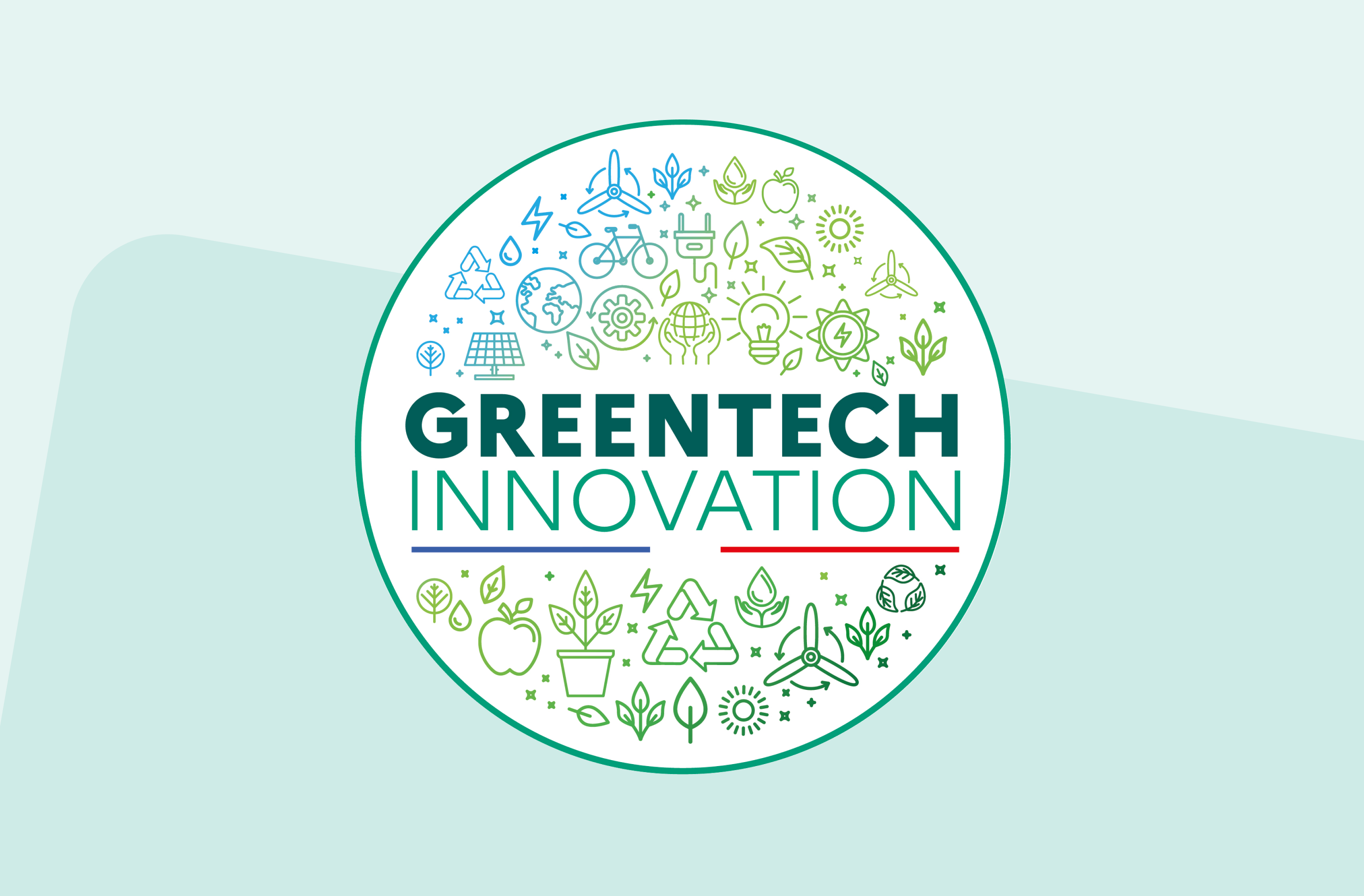Why implement a Green IT strategy?

Discover our all-in-one solution
Green IT, or green computing, is an initiative for businesses that want to minimize their environmental impacts of digital technology. This approach aims to optimize the use of resources and reduce waste. This article explores the concept of Green IT, its practical applications, and the environmental and economic benefits it can offer.
What is Green IT?
Green IT refers to the practices and technologies that businesses use to reduce the ecological footprint of their digital IT activities. This includes reducing data center energy consumption, using assets efficiently, and adopting responsible lifecycles for technology solutions. These strategies encourage the responsible use of digital assets, while optimizing energy management in corporate digital infrastructures.
The evolution of Green IT: from Green IT 1.0 to 2.0
The concept of Green IT has evolved considerably since its beginnings, adapting to technological changes and increasing environmental requirements. This evolution can be segmented into several phases: Green IT 1.0, Green IT 1.5, and Green IT 2.0. Each of these steps represents a gradual and more integrated approach to sustainable computing.
Green IT 1.0 the first steps
The initial phase, Green IT 1.0, was mainly concerned with reducing the energy consumption of data centers and workstations. At that time, organizations were beginning to realize the environmental impact of their IT operations and were looking for simple and direct ways to minimize their carbon footprint. In France, many players in the IT sector have adopted practices such as optimizing servers, cooling data centers more efficiently, and introducing automatic sleep policies for IT solutions. This approach was mainly aimed at improving energy efficiency without radically rethinking existing IT processes.
Green IT 1.5 deepening the strategy
This phase marked a transition to a deeper integration of sustainability into IT strategies. Green IT 1.5 has expanded the focus on energy efficiency to also include IT equipment lifecycle management. Reuse and recycling have become key components, with initiatives aimed at extending the life of devices and encouraging the use of eco-designed equipment. In France, businesses started adopting IT asset management systems that not only reduced waste, but also optimized equipment throughout the lifecycle of the equipment. The approach was then enriched with a circular dimension, seeking to maximize the use of resources while minimizing environmental impacts.
.jpeg)
Green IT 2.0 towards sustainable computing
The current phase represents an integrated vision of sustainable computing. This new era is characterized by a Green IT approach that encompasses not only the technology itself but also the business processes that it supports. Businesses in France and elsewhere are now committed to adopting practices that not only reduce the environmental impact of their IT operations, but also contribute to the creation of sustainable social and economic value. Green IT 2.0 includes the integration of artificial intelligence and data analysis to optimize energy use, as well as the development of new business models that promote responsible consumption and sustainable innovation. The Green IT approach in France has become a model used by many industries seeking to reconcile technological growth and environmental responsibility.
Contact our experts to implement a Green IT policy
Green IT best practices
Server virtualization
Virtualization allows businesses to reduce the number of physical servers by running multiple virtual systems on a single physical server. This approach decreases energy consumption and the space required for server storage, thus contributing to a more efficient and environmentally friendly use of digital resources. By optimizing data center operations in this way, businesses are promoting more sustainable and responsible management of digital technologies.
Smart energy management
Energy management software makes it possible to monitor and control the energy consumption of computer equipment. Using this software to optimize the use of energy in data centers and offices can significantly reduce an organization's carbon footprint. Businesses can also use these tools to develop strategies to use energy more efficiently and responsibly. These digital products not only help reduce expenses but also improve the energy efficiency of existing products and processes. By integrating these products into their daily management, businesses can optimize their energy practices and produce more substantial ecological results.
Use of eco-responsible equipment
Choosing computer equipment with green certifications, such as ENERGY STAR or EPEAT, helps to reduce the environmental impact of digital hardware. These digital devices are designed to be more energy efficient and are often made from recycled or recyclable materials, reinforcing sustainable practices in the digital industry. The adoption of such digital equipment allows businesses to minimize their ecological footprint while optimizing their digital infrastructure. For example, in France, many government offices are adopting these standards to improve their energy efficiency and reduce their impact on the environment.
.png)
Recycling and management of electronic waste
Responsible management of electronic waste is essential to recover materials and reduce the amount of hazardous waste in landfills, thus protecting the environment. This approach not only contributes to the preservation of natural resources, but also plays a crucial role in reducing the environmental impact associated with the elimination of obsolete technologies.
Benefits of Green IT
Cost reduction
Adopting Green IT practices can lead to a significant reduction in energy costs and expenses associated with maintaining and renewing IT equipment. This approach not only promotes savings on operational expenses but also reinforces an eco-responsible approach within companies, contributing to an overall economy of resources.
Improving brand image
Businesses that adopt Green IT can improve their reputation by demonstrating their commitment to sustainability. This can strengthen customer loyalty and attract talent who values environmental responsibility.
Regulatory compliance
With increasing regulations on energy efficiency and waste reduction, adopting Green IT helps organizations stay compliant with environmental laws, thus avoiding sanctions and fines.
.jpeg)
Concrete cases of application of Green IT
Green data centers
Global technology companies have set up data centers that run entirely on renewable energy, with advanced cooling systems that reduce energy consumption.
Equipment return programs
Many computer equipment manufacturers offer return programs, where used devices are either refurbished and resold, or recycled in a responsible manner.
Emerging green technologies
Technological innovations continue to emerge, promising to transform green computing. For example, the use of solar-powered servers or the integration of biodegradable materials in the construction of computer components opens up new ways to further reduce the environmental impact of the IT industry.
The main challenges of Green IT
Deploying Green IT faces challenges, including technical barriers, high initial costs for green technology, and logistical obstacles in implementing large-scale recycling programs. These challenges require innovative solutions and continued commitment from industry players.
Legal and regulatory impact
The regulatory environment around Green IT is evolving, with laws and standards that shape business practices. Analyzing the impacts of these regulations is essential to understand how they influence the adoption of green IT practices.
Role of AI and automation
Artificial intelligence and automation play a crucial role in improving the energy efficiency of IT systems. For example, advanced algorithms can optimize energy consumption in data centers without human intervention.
Training and awareness-raising
Training and awareness-raising are crucial to encourage the adoption of Green IT. Educational programs can help equip IT professionals with the skills needed to implement sustainable practices.
Green IT is more than just a strategy to reduce the environmental impact of information technology; it is a necessary approach for businesses to operate sustainably and economically. By adopting Green IT practices, organizations can play a significant role in protecting the environment while benefiting from reduced costs and improved brand image.






